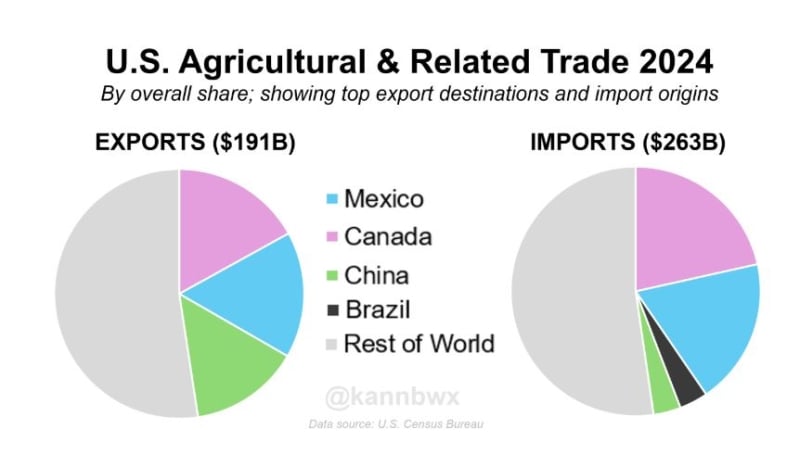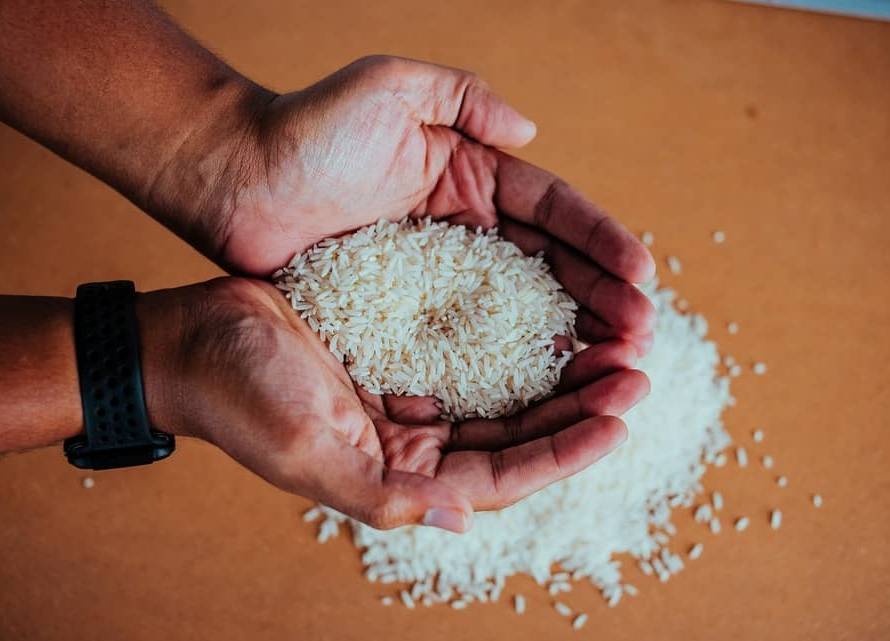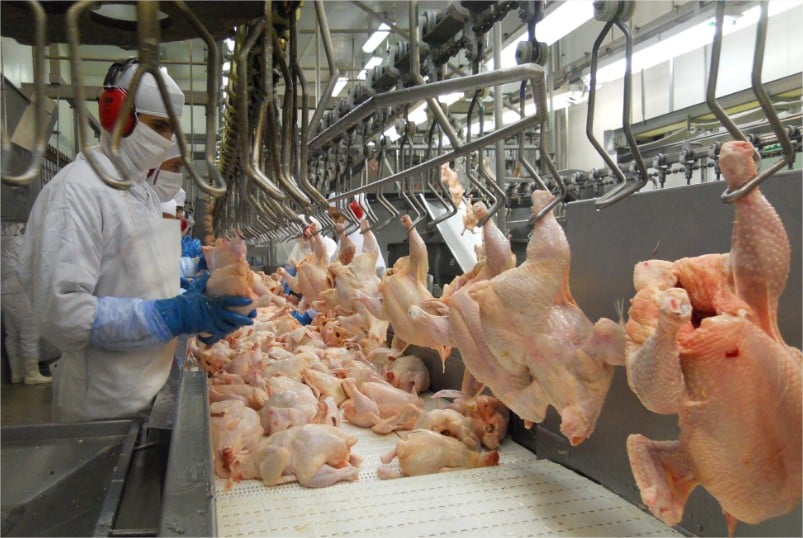![]()
NAPERVILLE, Illinois, March 20 (Reuters) - Food. Unfortunately, it has been used as a pawn in trade disputes past and present, given its essentiality to human life.
Earlier this month, US President Donald Trump suggested that American farmers are being hurt by agricultural imports and that tariffs could help them sell more products domestically.
It is true that the United States is increasingly importing agricultural products. These imports have exceeded exports over the past decade, and to an ever-increasing degree.
Countries typically import products when domestic demand exceeds domestic production or when domestic production is non-existent.
But what the United States exports differs greatly from what it imports, and it is important to examine these trends to understand where opportunities or threats may lie for American producers.
OVERVIEW
The United States imported a record $1.5 billion worth of agricultural and related products in 2024. The export side was valued at $1.91 billion, down from a record $1.5 billion in 2022. This import-export gap was an all-time high.

However, the inflation-adjusted trade figures reveal a potential sore spot for U.S. producers, as exports have stagnated while imports have surged. Increasing global competition and shifting trade policies could be among the contributing factors.
Adjusted to 2025 dollars, last year's U.S. agricultural and related exports were among the lowest in the past decade by value, with only 2019 dipping below that.
But inflation-adjusted imports were the third highest on record in 2024, behind only 2021 and 2022.

PARTNERS
Trump said this week that the April 2 deadline for reciprocal U.S. tariffs is still in effect, likely including those on Canada and Mexico that have been paused.
When it comes to agricultural products, these are the two largest trading partners of the United States.
Last year, Canada and Mexico accounted for one-third of all U.S. agricultural and related exports and supplied 40% of all imports.
China was the third largest destination for U.S. exports, accounting for 14% of last year's total, and Japan ranked fourth, accounting for 7%.
On the agricultural import side, Brazil and China were the third and fourth largest suppliers to the United States last year, each accounting for just under 4%.

TYPES OF PRODUCTS
Consumer-facing goods dominate both sides of U.S. agricultural trade. On average, over the past three years, they accounted for 42% of exports and 54% of imports by value.
This includes items such as meat, dairy, fruits, vegetables, and alcoholic beverages, as well as baked goods and prepared foods.
Bulk commodities are where imports and exports vary dramatically, accounting for about 32% of all U.S. agricultural and related exports but only 6% of imports.
This includes the two main agricultural exports, soybeans and corn, which combined accounted for 20% of all such exports last year.
American farmers of bulk commodities, which also include wheat, sorghum and cotton, are often targets of trade wars due to their relatively high export volumes. Earlier this month, China slapped additional tariffs on $15T21 billion worth of U.S. agricultural products, including soybeans, the top U.S. export of any kind to China.

MAIN IMPORTS
The bulk commodities imported by the United States are those it largely does not produce, including coffee, sugar and cocoa. Coffee, a staple and arguably essential American beverage, accounted for 3% of all agricultural imports last year.
Imports of fresh fruits and vegetables are increasingly necessary. In the early 1980s, about 30% of the U.S. fresh fruit supply was supplied by imports, but it is now closer to 60%.
The United States exported $7.7 billion worth of fresh fruits and vegetables last year, with apples being the main exporter. Imports, however, totaled $33 billion, with $271,400 of that coming from avocados, bananas and blueberries alone.
Mexico is vital for U.S. access to fruits and vegetables, while timber is Canada's main supply. In value terms, Europe's contribution to U.S. agricultural imports is comparable to that of Canada and Mexico.
But trade tensions with Europe are threatening to disrupt a favorite American indulgence. Trump has floated steep tariffs on European drinks in response to Brussels' tariff threats on U.S. whiskey and other spirits.
The United States exported $1.77 billion worth of beer, wine and spirits to Europe last year, but equivalent imports exceeded $12 billion, led by wine.
While a nice glass of California Cabernet can be perfectly enjoyable, European wine lovers may want to head to their local retailer right away to pick up a few extra bottles of Chianti for their cellars, just in case.

Karen Braun is a Reuters market analyst. The views expressed above are hers.
Edited by Muralikumar Anantharaman





